Bonefishing: Getting Ready to Fish: Video
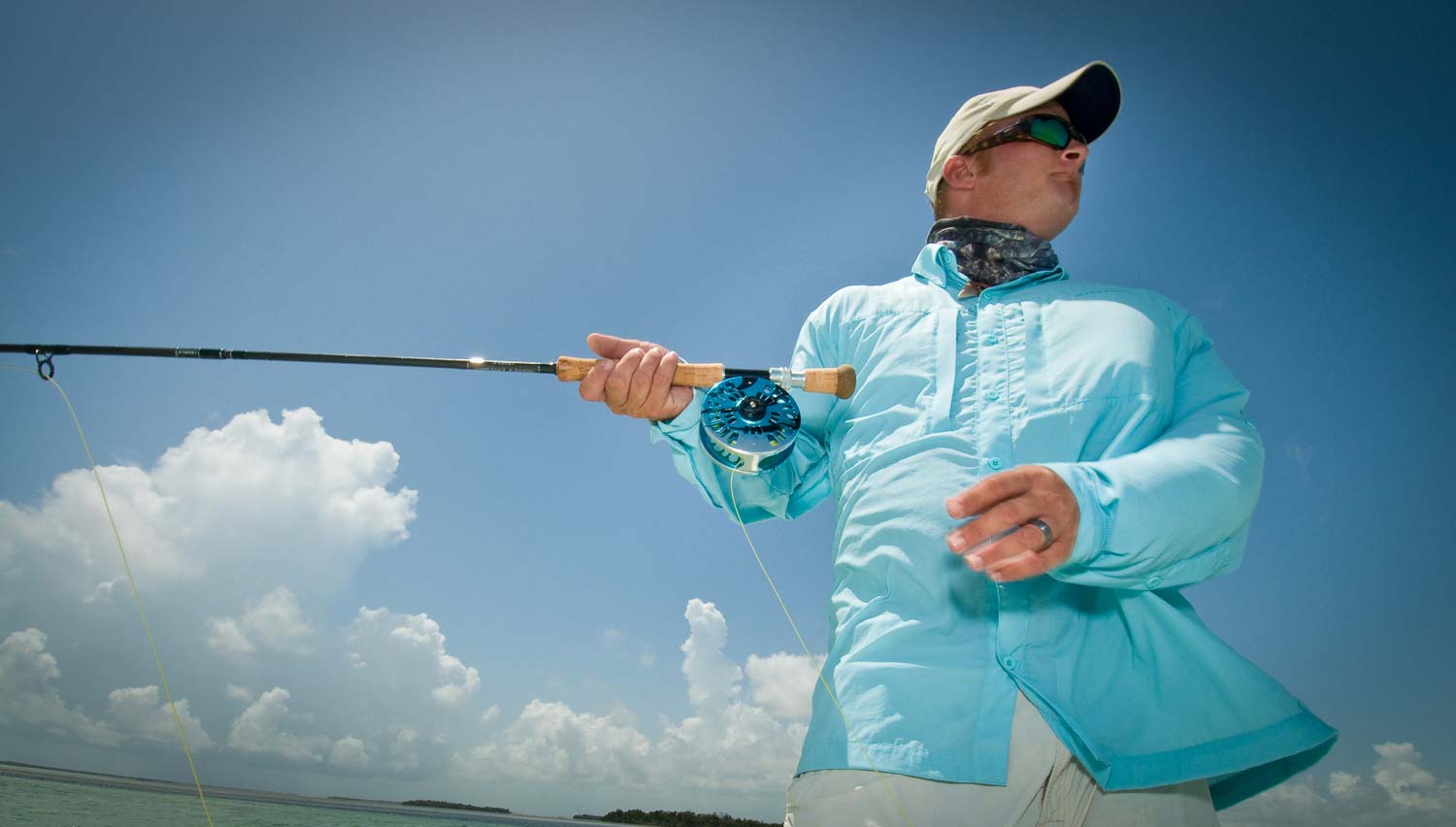
By Louis Cahill
Effective bone fishing is about making a clean shot every time.
You can’t do that unless you are methodical about the details. I can tell you, almost to an angler, who is going to catch fish and who isn’t. just by watching them get ready to fish. The preparations you make when you step onto the bow, more than anything else, will dictate your success, or failure. It’s worth taking the time to get it right, every time.
IN THIS VIDEO I SHOW YOU HOW I GET READY TO CATCH A BONEFISH.
Read More »Absolute Leader and Tippet From Scientific Anglers: Video

New SA Absolute leader and tippet boasts the best wet knot strength in the business. The new Absolute leader and tippet from SA is more than new material. It’s material plus information, working together to make a positive connection to your next trophy. Jeff McGawan, of Scientific Anglers, helps explain what’s new and how to use the new color coded packaging. Watch the video for all the details on the new Absolute leader and tippet from SA. Louis Cahill Gink & Gasoline www.ginkandgasoline.com hookups@ginkandgasoline.com Sign Up For Our Weekly Newsletter!
Read More »Expressionist Brown
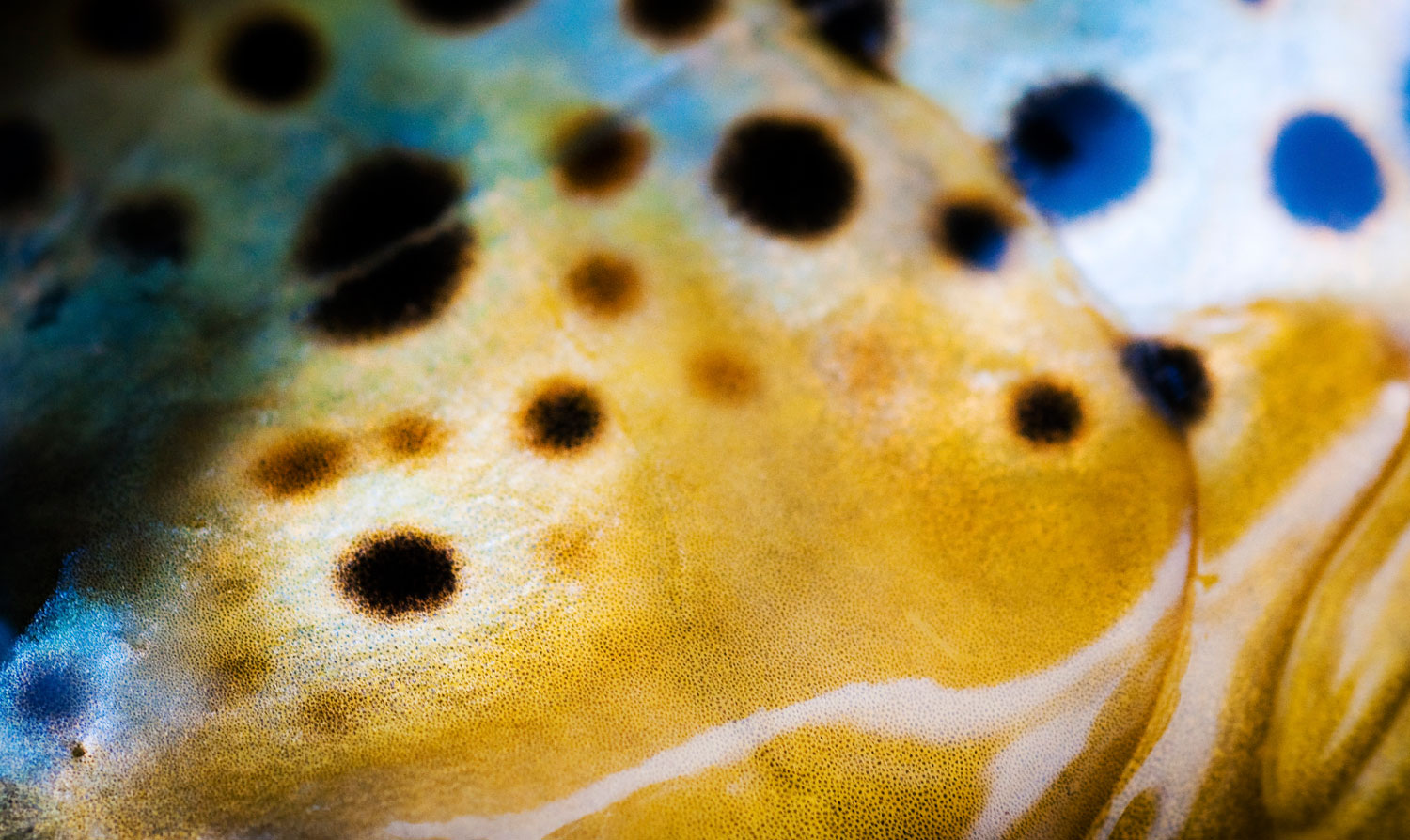
Study the stream bed, brown and green.
Through ripples and reflections, we find rocks and wood, maybe a shining piece of metal someone has left behind. Even the flash of a flake of mica in the sand, no bigger than a fishes scale. How is it that we miss the trout.
Gliding above the mud and stone he is emerald and gold, vermillion and azure, violet and blaze. He is metallic, kinetic, aesthetic. Perfect in his camouflage, he is at once breathtaking and invisible.
Look closer, he is abstract. He is pointillism, he is impressionism, he is surrealism. He is cubist, fauvist, and expressionist, he is Monet, Van Gogh and Miro. He is Blake’s world In a grain of sand. Infinity in the palm of your hand.
He is beauty, and like all beauty, he vanishes into the mundane. It is a failing of the human eye, or maybe of the heart. He is truth, and like all truth he is
Read More »Split-Shot Placement For Your Tandem Nymph Rigs
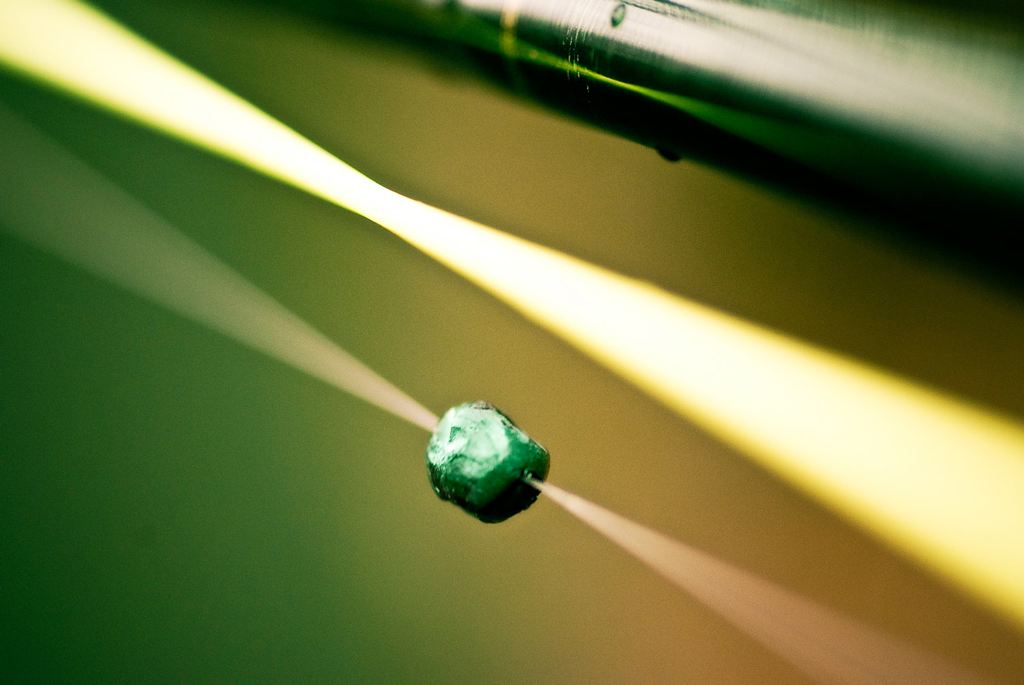
HAVE YOU EVER HEARD THE SAYING, “THE DIFFERENCE BETWEEN A GOOD NYMPH FISHERMAN AND A POOR NYMPH FISHERMAN IS KNOWING WHEN TO ADD ONE MORE SPLIT-SHOT TO YOUR RIG”?
If your nymphs aren’t getting down in the strike zone, you’re going to be missing a lot of bites. I know this sounds super obvious, but I see anglers all the time nymphing water with far too little weight on there nymph rig. Its often the only reason they’re not getting bites, so don’t be afraid to pile the weight on if you think your nymphs aren’t running deep enough.
So now that you understand you always need to have enough split-shot on your rig to get your flies down in the strike zone, now let’s talk about split-shot placement? I get asked the question all the time whether anglers should place there split-shot above there tandem nymphs or between them. Both can be the right choice depending on the type of water your fishing and the specific tandem nymph rig (fly patterns) your fishing. Below are a few examples when I place my split-shot in different locations in my tandem nymph rig.
Situations Where I Place Split-Shot Between my Tandem Nymphs
1. Big weighted lead fly with unweighted dropper 20-24″ apart.
When you’re fishing a trough for example with fast moving water and you see your dropper nymph riding up high above your lead fly during your drift, place split-shot in between the nymphs to ensure both of your fly patterns will be getting down in the strike zone. This especially holds true when your dropper nymph is beadless, lightly weighted with lead wraps, or 100% unweighted.
2. Both Nymphs are beadless or Lightly-weighted 18-24″ apart
Believe it or not, I have days where beadless nymphs are the ticket to getting consistent hookups,
New Simms G4 Waders: Video

The new 2019 G4 waders from Simms feature new materials and features.
Sporting a new Gore-Tex material the 2019 G4 Wader is lighter, stronger and more comfortable. The new bootie design keeps your feet warmer while you’re busy looking cool. It’s hard to believe that Simms made my favorite wader better!
CHECK OUT THIS VIDEO TO LEARN ABOUT THE NEW SIMMS G4 WADER!
Read More »Aotearoa Angling Etiquette (Or, how not to be a dick in New Zealand)

By Chris Dore
Angling ethics and on-stream behaviour are a big deal here in NZ due to the unique qualities of our fishery.
Gin clear water hosting sometimes less than several fish per mile mean that if you walk past, there’s a good chance they will see you and spook to cover for the remainder of the day. This doesn’t bode well for anyone following you upstream… The following are long-held local practices and etiquette that have developed over time through preserving the NZ experience, dealing with increasing angling numbers, and plain, simple human decency.
1: Do NOT enter a river ahead of others on the river before you. With limited numbers of fish per mile in gin clear water the first angling party through for the day has the best, and often only, chance of the day to catch those fish, especially in the backcountry. If you’re the late-comer, suck it up and either go elsewhere, or take your chances and fish up behind, but under no circumstances drive up a K or two, or walk around and ‘jump in’ trying to get ahead. The first party there doesn’t own the river, but has every right to expect enough uninterrupted water for a full day’s fishing, the distance dictated by the nature of the fishery (ie, on high populated rivers such as the Mataura, this may only need to be 1km, however in the backcountry, where there is often a lot of empty water between fish, this may be several kilometres). Which leads into point 2…
2: Communicate. If you see an angler on the river, go over and chat. Find out his plans for the day and do not encroach. If they have ‘magically’ appeared on the river ahead of you ascertain whether you were here first, and if so remind them of the above etiquette (they may simply have been innocently unaware, or genuinely didn’t see you or your vehicle). Also remember to leave a visible note in your windscreen stating whether you are fishing upstream, or downstream of your vehicle. There’s nothing worse than arriving at a long stretch of water capable of entertaining multiple anglers, finding a vehicle parked up and not knowing which way the angler has gone. Many longer access points can accommodate an angling party upstream and another downstream (mindful of others who may be fishing through from the next access below) and so a simple note makes things easy for all.
3: Enter the river at established access points: Fish and Game NZ have done a great job at signposting access on the majority of our rivers, often negotiating public access across private land for your benefit. These accesses are usually pretty well thought out to allow for an ample day’s fishing between access points for the river concerned. If I enter a river at a signposted access, I know how much uninterrupted water I have until the next access and so plan my day accordingly. If you jump in midway between access points then you’ve just ruined my day, spooked my fish and created an awkward situation that I personally won’t hesitate to pull you up on. Think of others and stick to the signs…
4: Camping on, or leaving a vehicle overnight at an access point to ‘claim’ it for the following day is frowned upon and in many cases, illegal
Read More »Don’t Let Yourself Get Numb to the Reward
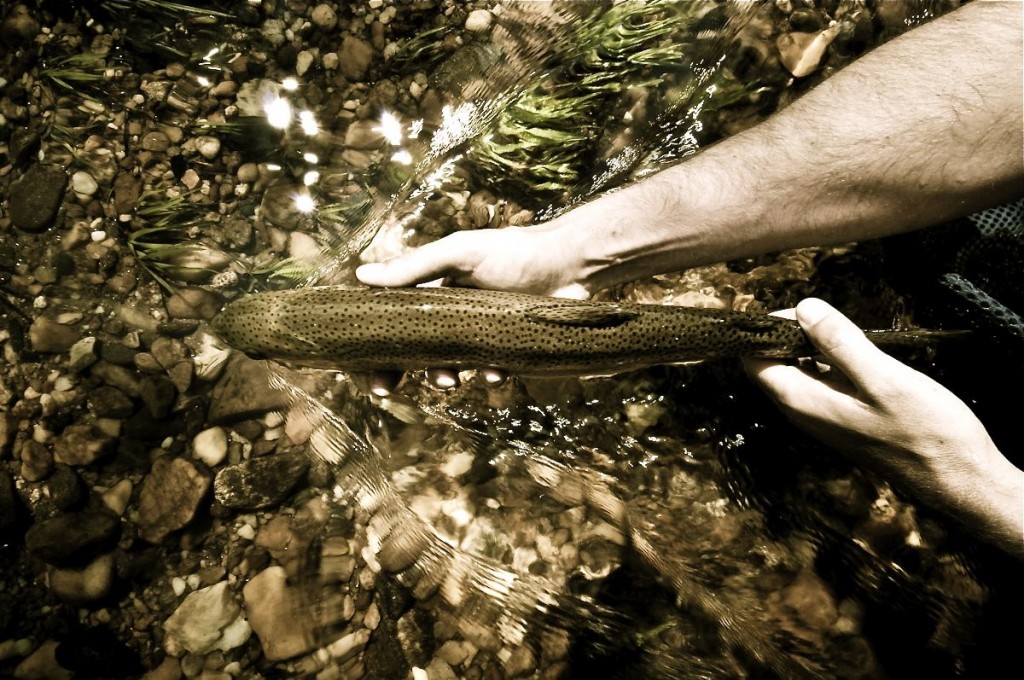
IS THAT COOKIE CUTTER RAINBOW TROUT MAKING YOU FEEL NUMB INSIDE? ARE YOU LOSING THE FEELING OF REWARD LATELY ON THE WATER?
Two decades have passed since I caught my first trout on a fly rod, and even with all those years that have gone by, I can still picture that beautiful 12″ trout in my hands clear as day. I remember that little bugger coming up and crushing my parachute adams, like it was the first piece of food it had seen in days. The feeling of accomplishment and reward I received from catching that trout was so strong, it gave me a perma-grin ear to ear, and a natural high that lasted the rest of the day.
Nowadays I often find I’m becoming numb to the reward I get from most of my catches. Landing a big trophy fish or fooling a lone sipper on the far bank still gets my adrenaline pumping, don’t get me wrong, but they all seem to fall short of the feeling I got from landing my first 12″ trout. Why is that? Am I turning into a snob? I’m sad and ashamed to admit it, but I think I am. That’s why lately I’ve made a point to try to take the time to always reflect back to those early days before I step foot in the water. If I’m guiding, I’ll show up extra early before my trip begins, and picture my anxious client driving over the mountains to meet me. I clear my mind and focus on how excited he or she is about the fishing trip that’s about to start, and how they probably lost sleep the night before picturing trout rising to their dry fly. Doing this, it gets me pumped up, keeps me grounded, and puts me in a zone so I can be the best guide I can be. When I’m fishing on my own, I’ll sit on the bank and watch the water flow over the rocks, through the riffles, and into the pools for a few minutes before I wet my flies. It seems to put everything into perspective for me and it enhances my overall experience for the day. Fly fishing can only be fully appreciated if we keep an eye
Read More »Orvis H3 Artist Series: Video
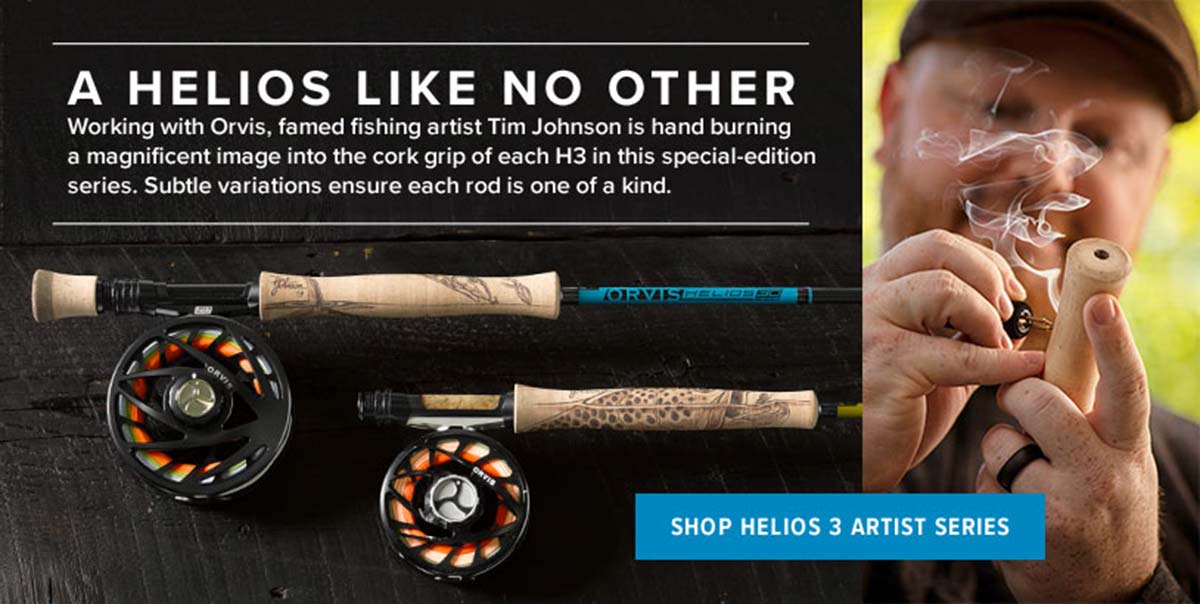
These limited edition Helios 3 fly rods are literally works of art. This is one of the coolest things I’ve seen from a fly rod manufacturer. Each of these limited edition H3 fly rods sports a grip that artist and Orvis endorsed guide Tim Johnson has turned into a one of a kind work of art. Each H3 905F has a brown trout burned into the grip while back H3 908D bares a hand burned bonefish. Since they are all hand illustrated, each is unique and stunning. Orvis is releasing 300 5 weights and only 200 8 weights. They are available immediately and will surely go fast. Watch the video and see Tim Johnson hand burning an H3 for you! Louis Cahill Gink & Gasoline www.ginkandgasoline.com hookups@ginkandgasoline.com Sign Up For Our Weekly Newsletter!
Read More »Johnny’s Shark

A perfect cast right on the big shark’s nose gets nothing but a sniff and a refusal.
In a low and stoic voice the guide says, “the fish ain’t gonna eat if he don’t smell blood”. Johnny Spilane gives him a hard look, takes his fly from the water and jams the hook into his hand, then squeezes the blood onto his fly. The shark follows the fly almost to the boat, then charges and cuts left. We all thought it ate the fly. Maybe it did, and didn’t stick. Our guide was glad because he didn’t want to spend all day landing it. There were plenty of bonefish to catch but some people just aren’t happy doing what everyone else wants to do. That’s Johnny, and that’s why he brought three silver medals back from the Vancouver Olympics. It’s also why he’s a great fisherman.
WATCH THE VIDEO!
Read More »Eye Surgery Update: So Far So Good

It’s way too early to call my last surgery a win, but for now, all the news is good.
It’s been five weeks since my last surgery and as of my last checkup we are all encouraged. I don’t want to oversell. I could get bad news any time but it will be the end of the year, at the earliest, before we can call it a success. To help readers understand, I’m going to get into some details about my condition. Please pardon me but I do have friends looking for updates.
I will talk a little about what’s coming up at G&G, so feel free to scroll down to that.
After my first retinal detachment surgery I developed a condition called PVR, short for proliferative vitreoretinopathy. In cases of PVR, excessive scar tissue forms between the retina and the eye. As that scar tissue matures, it pulls the retina like a scab might pull the skin nearby, until it detaches the retina again. In my case, the retina tore in four places and completely detached.
This second detachment was far worse than the first. The combination of permanent scar tissue, holes in the retina, and a detached macula mean that, even if the surgery is successful, the vision in that eye will never be good. Legally blind is about the best I can hope for. That sounds worse than it is. I have one good eye and enough vision in the other to have some depth perception, and that’s huge.
The problem with PVR is that it’s persistent. Most PVR patients have from three to eight surgeries before things are resolved and with each additional surgery the quality of the outcome gets poorer. The best case is poor vision, the worst is removal of the eye. I understand that second option is extremely painful and I think I’m a long way from that.
SO HERE’S WHAT RECOVERY LOOKS LIKE.
There are two stages to the recovery. The first six weeks we are just looking for the reattachment to hold. That looks really good right now. The second stage is a ninety day timeline where we are waiting to see if the PVR comes back and detaches the retina again. Because the scar tissue from the first round of PVR is permanent, that part of the retina is more prone to detaching again. If it looks like that is going to happen, the option is to go back in and cut away the affected part of the retina. Of course, that leaves black spots in my vision. That’s not great, and let’s hope it doesn’t happen, but the priority is keeping the macula attached. If the macula does not stay attached, the brain sees the eye as dead and will start trying to get rid of it. The only tool it has to do that is pain.
As of now there is some new PVR in my retina, but it’s not bad. My doctor
Read More »